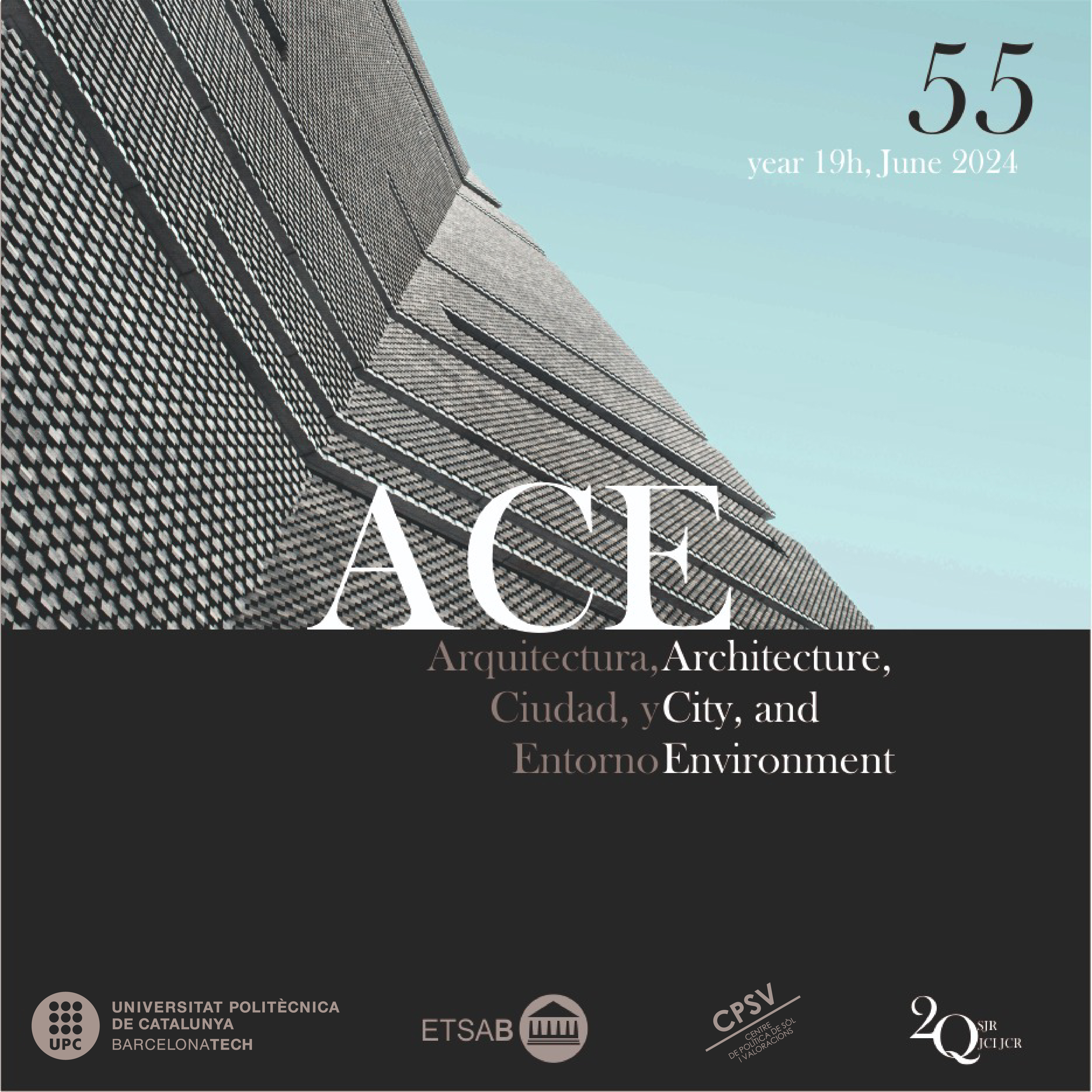Hydraulic Signs as a Resource in Urban Regeneration Processes: The Lower Ter River and the Vinyals Ditch
DOI:
https://doi.org/10.5821/ace.19.55.12030Keywords:
river city, hydraulic heritage, urban-river regeneration, lower TerAbstract
The work focuses on the relationship between the hydrographic network and the inhabited territories, in the lower Ter River area in Catalonia. The thesis, on which this article is based, identifies three different sections of the lower Ter through fluvial geomorphology and drawing. The three river segments are studied in detail through the analysis of three historical canals, one for each of the sections defined above. This article presents the case of the middle section of the lower Ter - from Celrà to Sant Jordi Desvalls, in the province of Girona - through the study of the Vinyals Ditch. The aim is to show how the historic irrigation canal represents the part of the river from which it originates and shapes the history of the human construction of the place; the ditch is a hydraulic sign - a set of canals, buildings and infrastructures linked to the use of water - historically adapted to the characteristics of the terrain on which it settles. The study concludes that the canal possesses (and generates) specific morphologies that are potential assets (devices) of transformation towards the habitability of the crossed territories. In order to offer tools for the restoration process of the river space, based on a historical and geomorphological reading, the article proposes some guidelines for the project of territorial regeneration and valorisation, reading the ditch as a support of the 'new fluvial façade' and the limit that contains the most recent urban expansion.
Downloads
Published
Issue
Section
License
| INTELECTUAL PROTECTION CRITERIA |
At this moment, it is count with the "Oficina Española de Patentes y Marcas", while global protection it is being processed by the World Intelectual Property Organization (OMPI/WIPO). Nevertheless the International Standard Serial Number Office (ISSN) has given the following numbers ISSN: 1886-4805 (electronic version) and 1887-7052 (paper version). All articles will be peer reviewed, using double blind reviewing. |
| COPYRIGHT |
The article contents and their comments are authors exclusive liability, and do not reflect necessarily the journal editor commitee's opinion. All ACE published works are subject to the following licence CC BY-NC-ND 3.0 ES http://creativecommons.org/licenses/by-nc-nd/3.0/es/ It implies that authors do not hold nor retain the copyright without restrictions but only those included in the licence. |


































